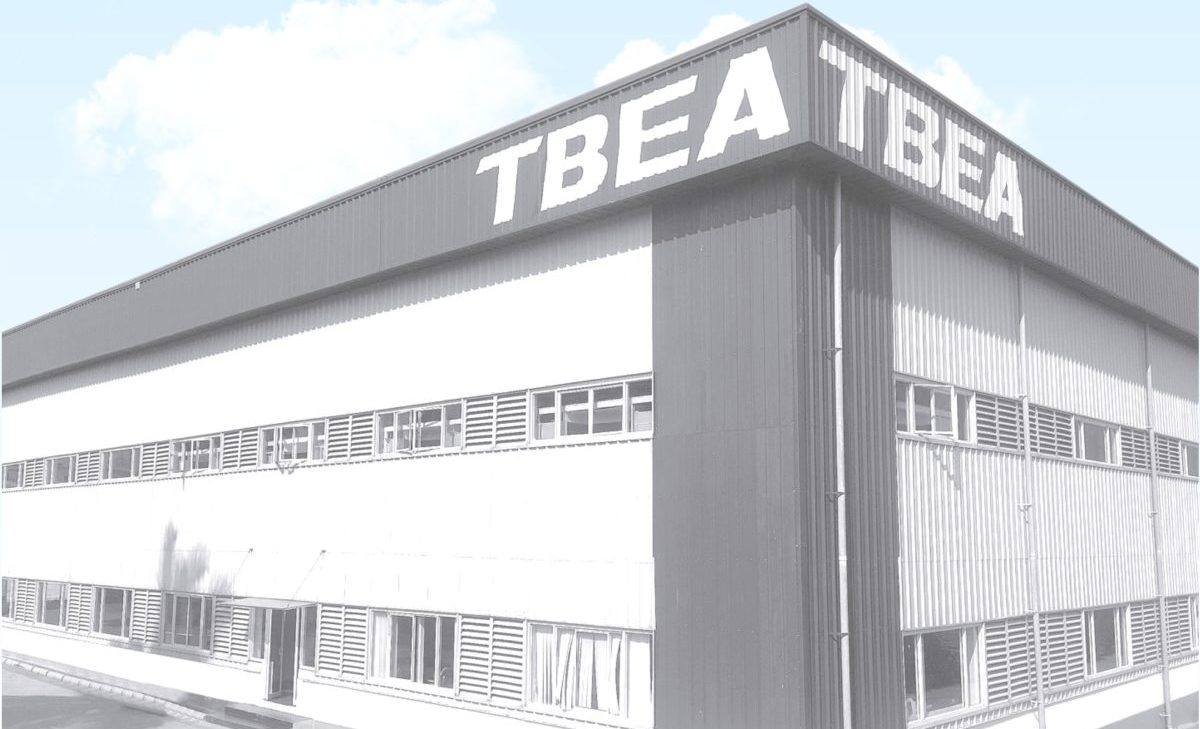The first-half update published by Hong Kong-listed polysilicon manufacturer and renewables developer Xinte Energy has offered new insight into global figures for the production and consumption of the raw material used for solar panels during the Covid-19-affected period.
Xinte, which is 88.43% owned by Chinese electricals company TBEA, yesterday said the world had 10% more annual polysilicon production capacity in the first six months of the year than during the same period of 2019, with a 265,000-ton figure, according to data published by the silicon industry branch of the China Nonferrous Metals Industry Association. Demand rose almost 11% over the same period but nevertheless, at 257,000 tons, prompted an 8,000-ton surfeit.
China manufactured almost a third more polysilicon during the first half than in January-to-June 2019 – 205,000 tons – and imported 55,000 tons, with 240,000 tons of domestic demand indicating a more obvious glut.
The figures indicated most of the oversupply, on the global stage as well as in China, related to materials used to manufacture polysilicon ingots, as higher-efficiency monocrystalline silicon continued to outpace the rival feedstock.
Blaming a 99% fall in net profits attributable to the owners of the business – to just RMB1.74 million (US$257,000) – on tumbling polysilicon prices as the spread of Covid-19 hit worldwide demand, Xinte warned in the risks section of the update, the coronavirus could cause “excessive supply of PV power products, such as polysilicon and inverter[s].”
Popular content
The polysilicon maker reported the price of clean silicon materials in the first half was down 41% year-on-year, to an average RMB38,200/ton (US$5,650) and 14% for monocrystalline-dense materials, to RMB66,200, although it noted the recent rebound in prices after a series of incidents took out a chunk of global production capacity, stating: “As of the date of this interim report, the price of polysilicon has risen significantly compared to that of 30 June 2020.”
The company was at least able to turn a profit, on gross first-half profits of RMB626 million which were down 27% from RMB853 million during the same period of last year. Revenue came in 17% lower at RMB3.37 billion (US$499 million) for the six months even on the back of a production volume of 26,200 tons during the period, up 44% from the first half of last year after 36,000 tons of new annual production capacity came online. In fact, revenue from polysilicon manufacture rose from RMB1.22 billion in the first half of 2019 to RMB1.37 billion, but was dragged down by a retreat from RMB2.07 billion to RMB1.28 billion in solar and wind project development activity, thanks to the pandemic.
In balance sheet terms, Xinte spent RMB250 million of the cash reserves it had at the end of last year, for a bank balance of RMB2.5 billion at the end of June, and saw bank borrowings rise from RMB3.27 billion to RMB3.73 billion over the same period.
This content is protected by copyright and may not be reused. If you want to cooperate with us and would like to reuse some of our content, please contact: editors@pv-magazine.com.



2 comments
By submitting this form you agree to pv magazine using your data for the purposes of publishing your comment.
Your personal data will only be disclosed or otherwise transmitted to third parties for the purposes of spam filtering or if this is necessary for technical maintenance of the website. Any other transfer to third parties will not take place unless this is justified on the basis of applicable data protection regulations or if pv magazine is legally obliged to do so.
You may revoke this consent at any time with effect for the future, in which case your personal data will be deleted immediately. Otherwise, your data will be deleted if pv magazine has processed your request or the purpose of data storage is fulfilled.
Further information on data privacy can be found in our Data Protection Policy.